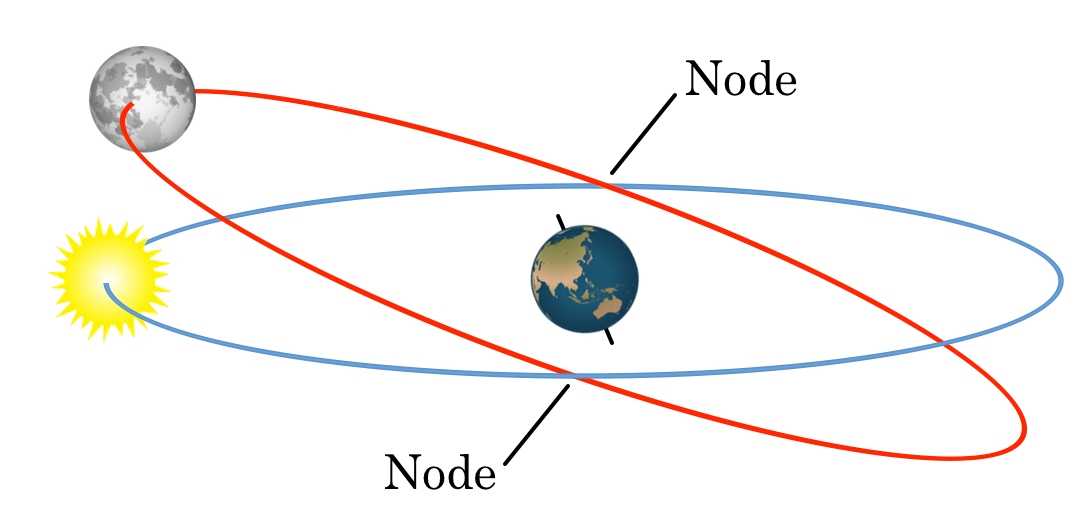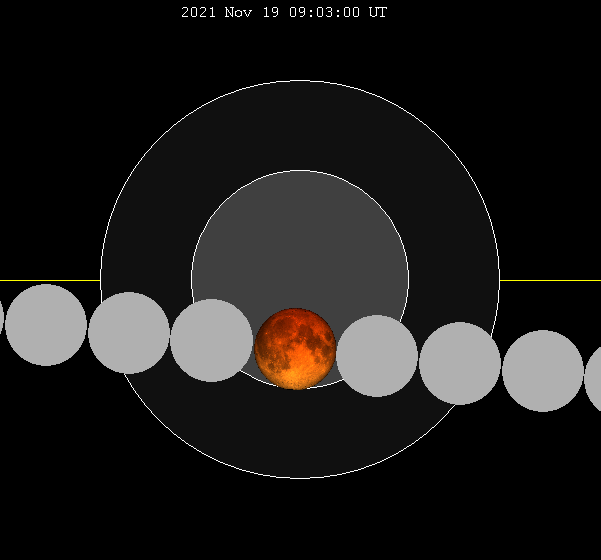
The Lotus-Eaters: The first food addictsOdysseus and his men faced many dangers during their arduous voyage from Troy back to Ithaca. In fact, the odyssey was so perilous that only Odysseus survived it. For instance, they encountered the dreadful cyclops Polyphemus who ate a few of Odysseus' crew before he and the other survivors escaped. They also came to cross-purposes with Circe, the witch who transformed some of the men into swine. Both of these encounters were, to say the least, quite unpleasant. However, when the crew happened upon the island of Djerba, off the coast of Tunisia, they found a verdant land covered by the most beautiful trees the men had ever beheld: Lotus Trees. When Odysseus and his travel weary crew landed on the island's shore, they first rested for most of the day. Odysseys then instructed two of his crewmen to search the island for food. The next morning, when the men still hadn't returned, Odysseus sought them out. He was quite worried -and understandably so- that the natives had killed them. Odysseus was therefore initially relieved when he saw the men reclining under a Lotus Tree looking perfectly content.
The men had found and eaten some of the Lotus Tree fruit. After the first bite, they were lulled into a stupor of such blissful apathy that they cared nothing for the homes they abandoned, the wives they once missed or even Odysseus who had once inspired both fear and respect in them. They desired nothing else but to remain on that island forever so as to partake of the Lotus fruit. When Odysseus commanded them to rise and return to the ship, the men merely smiled and continued to eat. "Return at once!" Odysseus then thundered with such passion that the ground shook. The men remained unperturbed. "Go alone, dearest Odysseus," one of the men replied softly, waving him away. "We yearn only to remain with our brethren on the island where it is always August." Odysseus looked around and saw that other people were resting in the shades of Lotus trees. All of them looked as peaceful and indifferent to life as his two men. In a fury, Odysseus walked over to his crew members and hoisted them up to standing positions. They both wailed and wept. "Please let us remain," they pleaded, "Eat fruit with us and be at peace!" Odysseus was having none of it. He dragged his men back to the vessel and was deaf to their impassioned entreaties. Once in sight of the ship, the men went so far as to scratch at and hit Oydsseus in a vain effort to escape. Ordinarily, Odysseus would have punished such violent acts of insubordination harshly. On that occasion, having recognized that his men were behaving under a magical influence, Odysseus merely brought them back onto the ship and departed. After a few hours, the men stopped wailing as the effects of the fruit subsided.
Although he was loath to admit it, Odysseus left so quickly because he almost yielded to the temptation to eat the Lotus fruit, himself. Such was the intensity and long duration of his anguish at being away from his wife Penelope and his son Telemachus that he desperately needed the solace that the lotus fruits would have certainly provided. He knew that if he did give in, he would have remained forever on that island, for no prison is as secure as the one from which no prisoner wishes to escape.
THE SOUTHWORTH PLANETARIUM
70 Falmouth Street Portland, Maine 04103
43.6667° N 70.2667° W
Altitude: 10 feet below sea level
Founded January 1970
Julian Date: 2459263.18
2020-2021: XCII
THE DAILY ASTRONOMER
Wednesday, February 17, 2021
Exploratorium XXV: A Saros Journey
Location
Earth
Time
Various points along Lunar Saros 126
To understand the Saros cycle, we must first review the circumstances that give rise to an eclipse.
- A solar eclipse occurs when the moon is new (at conjunction) and is also at or near a node, the intersection of the moon's orbit and the ecliptic
- A lunar eclipse occurs when the moon is full (at opposition) and is also at or near a node.
Solar and lunar eclipses are not monthly occurrences because the period of time between successive new moons (or full moons), called a synodic month, approximately equals 29.5 days, which is about two days longer than a draconic month, the time period separating two successive passages of the moon along the same orbital node, equal to 27.2 days.

Recall that the moon's orbit contains two orbits nodes, a descending node, which the moon crosses prior to moving south of the ecliptic and the ascending node, which it reaches before moving north of the ecliptic.
Eclipses will also occur at different points along the moon's orbit., sometimes closer to Earth and at other times farther away. Eclipses within a given Saros cycle will always happen at more or less the same distance. The amount of time the moon requires to travel between points of equal distance is equal to 27.5 days and is called an anomalistic month.
Let's not imagine a lunar eclipse occurs at a given point along the moon's orbit. Twenty seven days and a few hours later, the moon will be back at the same node, but the moon will not quite be full again, so an eclipse will not recur. However, after many iterations, when the number of synodic months, draconic months and anomalistic months are all integer values for the first time, since that first eclipse, the next eclipse within the same Saros cycle will occur. To be precise:
- 223 Synodic months
- 242 Draconic months
- 239 Anomalistic months
A time period equal to 18 years, 11 days and 5 hours. Saros cycles don't last forever because the number of Anomalistic months that elapse within that time frame isn't a precise integer.
Let's examine lunar Saros 126,, the cycle to which the November 19, 2021 eclipse belongs.
We'll post the diagram showing the November 19, 2021 eclipse again.
The outer circle represents the penumbra, the outer part of Earth's shadow and the dark inner circle represents the umbra, the inner part of Earth's shadow.

The first Lunar Saros 126 eclipse occurred on July 18,1228. That event was a partial penumbral eclipse, meaning that the moon skimmed across the upper part of Earth's penumbra. Although nobody would have noticed anything that night, it was the start of a brand new Saros cycle, one that will continue until the year 2472.
During the next Saros 126 eclipse (July 30, 1246) , the moon's path was slightly lower than the one immediately preceding it. However, as the eclipse was still a partial penumbral, it also likely happened without anyone paying any attention to it.
Every 18 years, 11 days, another Lunar Saros 126 eclipse occurred and they were all partial penumbrals and then penumbrals until March 24, 1625. During that event, the moon passed low enough so that its southern limb skimmed the upper part of the umbra. It was the first partial lunar eclipse. To provide a historical context, that year Charles Stuart (Charles I) succeeded to the throne following the death of his father James I.
June 19, 1769 was the date of the first total lunar eclipse in Lunar Saros 126. By that time the moon's path brought it entirely through the umbra for the first time. That was the year of the famous transit of Venus that James Cook observed from Tahiti.
That total Lunar saros 126 eclipse was followed by thirteen others, the last of which occurred on November 9, 2003. During each successive eclipse, the moon passed farther south. During the November 19, 2021 event, the lower limb of the moon will not pass through the umbra. There will be no more total lunar eclipses in this series.
The last partial lunar eclipse in Saros 126 will happen on June 5, 2346.
The last partial penumbral eclipse in Saro 126 will occur on August 19, 2472.
Eighteen years and eleven days later, the full moon will pass just south of the outer penumbral shadow. Lunar Saros 126 will pass into the ages, like a good many others.
On May 24, 2013, the Lunar Saros 150 began. Because it is denoted by an even number, we know that those eclipses will be occuring at the ascending node. This first Saros 150 eclipse was an invisible partial penumbral eclipse. The last one that will occur on June 30, 3275 will be of the same type. Saros are born and die imperceptibly.
When regarded over long enough time periods, everything in the Universe has a finite life span.
To subscribe or unsubscribe from the Daily Astronomer:



